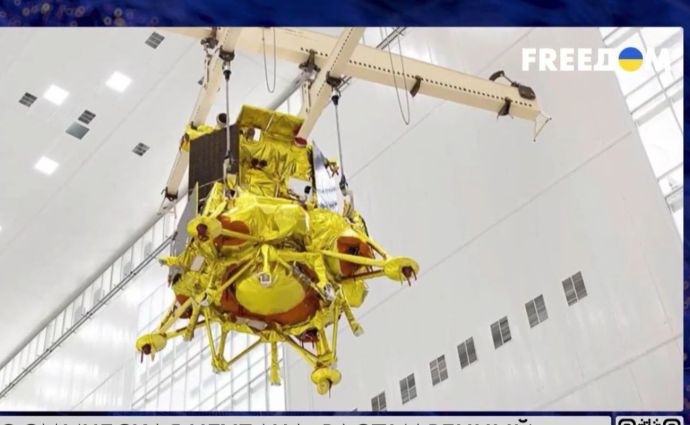The Luna-25 project cost Russia $200 million. After this failure, the aggressor country will have problems with financing space projects. This was announced today, August 21, on the air of the FREEDOM TV channel by Andrii Kolesnyk, an independent expert on space activities, former adviser to the head of the State Space Agency of Ukraine.
According to him, the fiasco with the “Luna-25” project has now put Russia at a crossroads – what to do, because its main partner on the moon is China.
“China signed a preliminary agreement two years ago on joint work on the moon, including the establishment of an international lunar research station there. And they divided it all into several stages. The first stage — each country goes on its own, launches its own stations. China will have its own stations during this period — “Chan’e-6”, “Chan’e-7”, “Chan’e-8”.
And after that, when all the technologies will be worked out, in particular, soft landing, and movement on the surface of the Moon, and, in particular, the possibility of exploring the interior of the Moon, they will move on to the next stage – joint work on the lunar base itself. And since Russia has now shown that its technologies are still insufficient, China has an opportunity to think about whether it is worth further contact with Russia at all,” said Kolesnyk.
According to the expert, Russia, for its part, now has a dilemma as to what to do next — or to urgently build an additional station that will confirm the possibility of a soft landing before sending the next stations to the Moon. Or to spend all the money on another big project, which recently arose due to the fact that Russia decided to “slam the door” and leave the International Space Station, creating its own Russian orbital station near the Earth only at different latitudes.
“And the money problem will be very strong, since the Russian orbital station will require 10 billion dollars. And even “Luna-25″, according to some estimates, cost 135 million dollars, but if you take all the overheads that accumulated over the years, when it was only planned to be created, it was created while it was sitting somewhere in the warehouses of its creator Lavochkin, then it is actually about 200 million dollars. And the next stations will not be so cheap either. And the real question is where to direct the funds,” he says. Kolesnyk clarified that this will not be decided now, but closer to 2025, when this 10-year Russian Federal Space Program ends, and from 2025 the next 10-year program is due to start.
“That’s when we will definitely see Russia’s readiness to continue the lunar race, perhaps even in cooperation with China, if China does not change its mind at that moment,” concluded the former adviser to the head of the State Space Agency of Ukraine.













